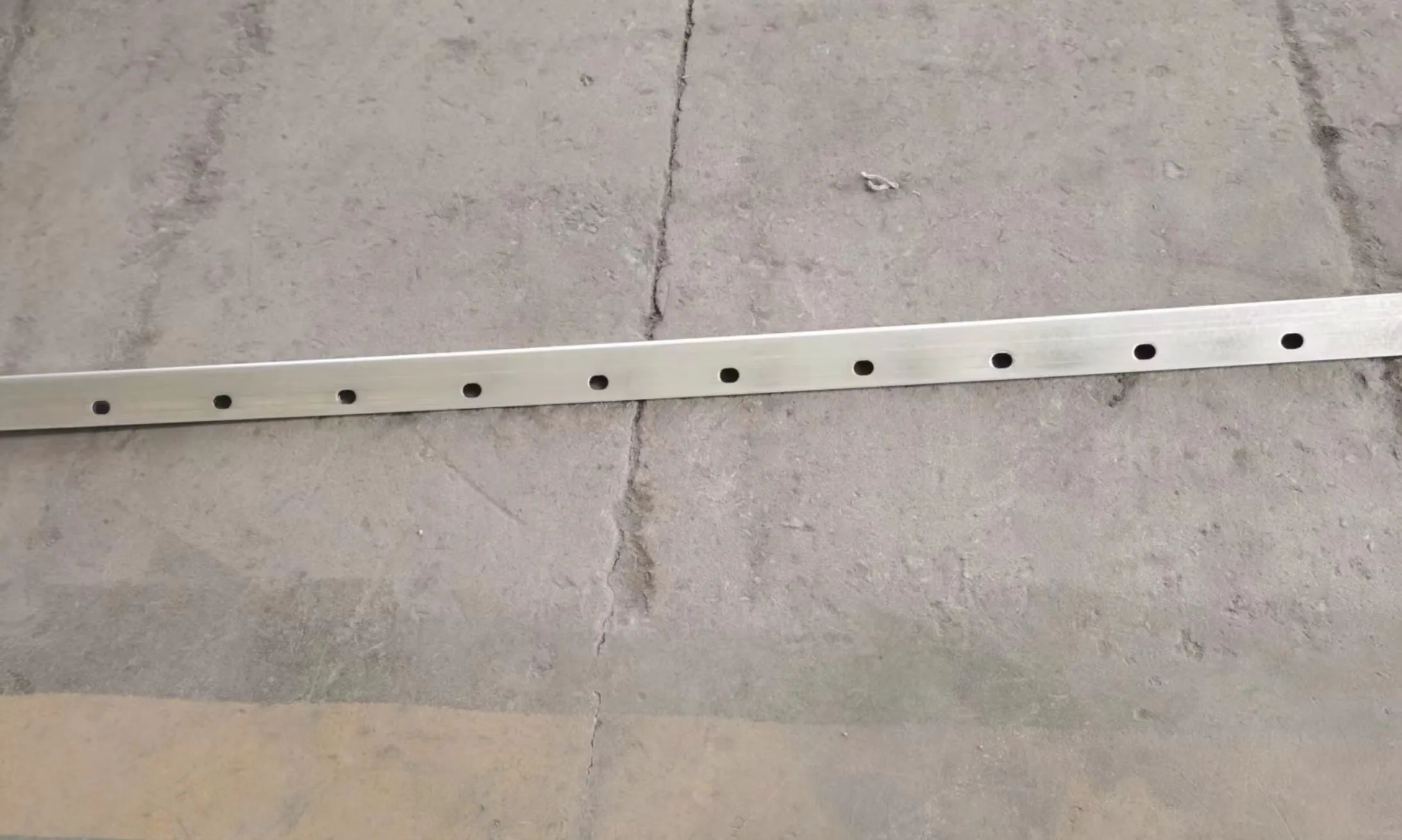loading...
- No. 9, Xingyuan South Street, Dongwaihuan Road, Zaoqiang County, Hengshui, Hebei, China
- admin@zjcomposites.com
- +86 15097380338
- Welcome to visit our website!
FRP Pressure Vessel for Enhanced Performance and Durability in Various Applications
Understanding FRP Pressure Tanks The Future of Storage Solutions
Fiber Reinforced Plastic (FRP) pressure tanks are becoming increasingly popular in various industries due to their impressive mechanical properties and versatility. These tanks are especially valued for their ability to withstand high pressures while remaining lightweight and resistant to corrosion. Understanding the benefits and applications of FRP pressure tanks can illuminate why they are a preferred choice for many storage solutions today.
What is an FRP Pressure Tank?
FRP pressure tanks are composite vessels made by combining a polymer matrix with reinforcing fibers, typically in the form of glass or carbon. This combination results in a material that offers the best of both worlds the corrosion resistance and lightweight nature of plastics, coupled with the strength and stability derived from the reinforcing fibers. This innovative construction allows FRP tanks to operate effectively under significant pressure while maintaining integrity over time.
Advantages of FRP Pressure Tanks
1. Corrosion Resistance Unlike traditional metal tanks, FRP tanks are highly resistant to corrosion from aggressive chemicals and environmental factors. This makes them particularly suitable for chemical storage, wastewater treatment, and other applications where exposure to harsh substances and elements is expected.
2. Lightweight FRP tanks are significantly lighter than their metal counterparts, which simplifies transportation and installation. This advantage is particularly beneficial in applications where weight constraints are a factor, such as in industrial settings or remote locations.
3. Durability The robust nature of FRP materials ensures longevity. Unlike metals that may rust or degrade over time, FRP tanks can maintain their structural integrity for many years with proper maintenance, resulting in lower long-term costs for industries relying on storage solutions.
4. Customization FRP tanks can be tailored to fit specific requirements, such as size, shape, and pressure ratings. This flexibility makes them suitable for a wide range of applications, from small-scale operations to large industrial facilities.
frp pressure tank

5. Thermal Insulation FRP materials provide excellent thermal insulation. This property can be particularly beneficial for applications requiring temperature regulation in stored liquids, leading to enhanced energy efficiency.
Applications of FRP Pressure Tanks
The versatility of FRP pressure tanks opens the door for their use across various sectors
- Water Treatment In water treatment facilities, these tanks are used to store and manage chemicals needed for the purification process, benefiting from their resistance to chemical corrosion. - Industrial Applications Many industrial processes necessitate the storage of high-pressure gases or liquids, where FRP tanks serve as essential components without the concerns typically associated with metal tanks.
- Food and Beverage Industry Due to their hygienic properties and resistance to chemical reactions, FRP tanks are often employed in the food and beverage sector for the storing of various liquids.
- Oil and Gas The oil and gas industry utilizes FRP tanks for both storage and transportation of hydrocarbons, where their lightweight and anti-corrosive properties provide distinct advantages.
Conclusion
The adoption of FRP pressure tanks is a clear trend in modern storage solutions, driven by their myriad of advantages. From their lightweight and durable construction to unparalleled resistance to corrosion, FRP tanks offer a compelling combination of benefits that cater to diverse industrial needs. As more industries recognize the value of integrating FRP technology into their operations, we can expect further innovations and applications that will shape the future of storage solutions. Understanding and leveraging these advanced materials is essential for businesses aiming to improve efficiency and reduce costs in their operations.
-
Why Choose a Galvanized Water Tank for Your Storage NeedsNewsMay.21,2025
-
The Strength and Durability of FRP GratingNewsMay.21,2025
-
The Importance of Water Treatment Systems for Clean and Safe WaterNewsMay.21,2025
-
The Advantages of FRP Rebar for Construction ProjectsNewsMay.21,2025
-
Say Goodbye to Hard Water with a Reliable Water SoftenerNewsMay.21,2025
-
Maximize Your Water Storage with a Sectional Water TankNewsMay.21,2025
-
The Power of Filter VesselsNewsMay.19,2025
